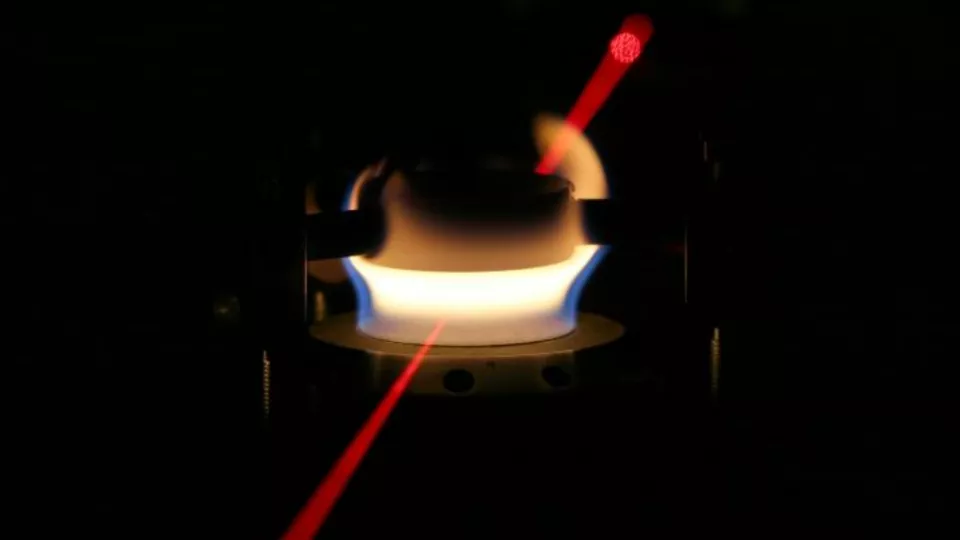Combustion of fossil fuels is the major cause of the climate problems in the world today, and most people agree that we need to stop using fossil fuels. Unfortunately, there are areas in society and industry where the best and easiest way to get enough energy is to burn some type of fuel. For example, it is currently impossible to run a large airplane across the Atlantic on batteries: there is not enough energy in them to fly that far before they run out.
This research helps to develop new, clean and efficient biofuels, by developing a method to study them. Different things burn in different ways, and a crucial part of making biofuels work in real situations in society is to understand how they burn, how to make them burn better, and how to avoid releasing unwanted pollutants into the atmosphere. Lucky for us, we can use lasers to help us understand what happens in a flame. The laser light will be affected as it passes through the flame, when it interacts with the molecules inside, and the resulting effect on the light from this interaction can help us know what goes on inside the flame. This project develops new ways to measure important flame parameters such as temperature and concentrations of dangerous pollutants that can be formed in the flames.
By using lasers to understand combustion, we can help to develop clean biofuels to replace fossil fuels, and thus help in the fight to stop global warming.


